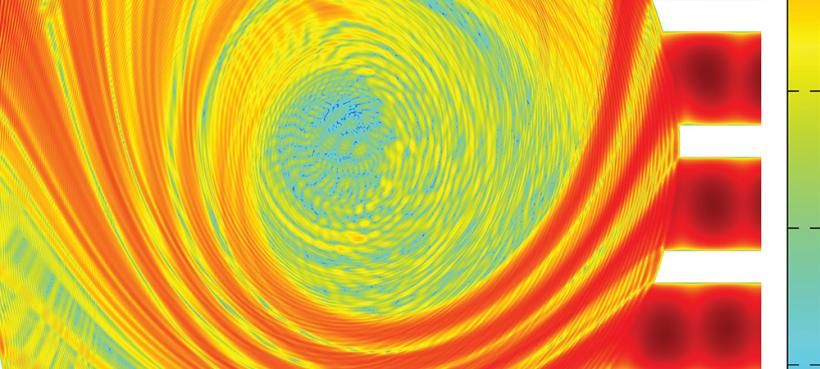Plasma theory & computation
Understanding plasmas requires theoretical framework and numerical simulations run on large computers. The PSFC plasma theory and computation group develops fundamental plasma physics concepts as part of the national fusion program and for advancement of plasma science in general. The group provides theoretical and computational support for tokamaks worldwide and for other toroidal confinement devices such as stellarators. The research interests of the group include, but are not limited to:
- Heating and current drive in fusion devices using radio-frequency waves in different frequency regimes
- Integrated modeling of advanced tokamak physics to understand how various transport, current drive, and profile effects interact to determine the device’s performance
- Kinetic modifications of Magnetohydrodynamic stability, the theory that describes a plasma as current carrying fluid interacting with electromagnetic fields (a highly nonlinear problem)
- Core and edge profile evolution including ion flows and gradient-driven current
- Turbulent and collisional transport of the heat and particles across the plasma, which determines the attainable pressures and, hence, fusion power in magnetic confinement devices
- Non-fusion topics including nonlinear dynamics and space and astrophysical plasma physics
Contact
Dr. Paul Bonoli
bonoli@psfc.mit.edu
Professor Nuno Loureiro
nflour@psfc.mit.edu
